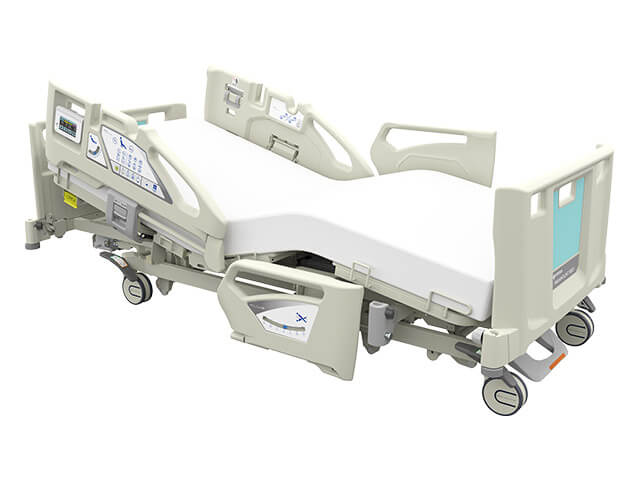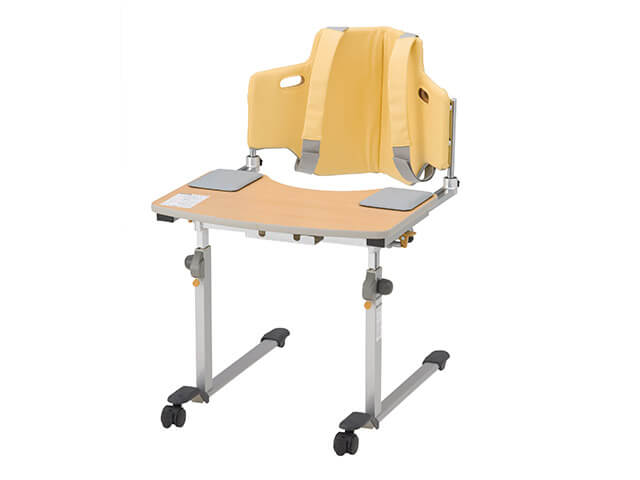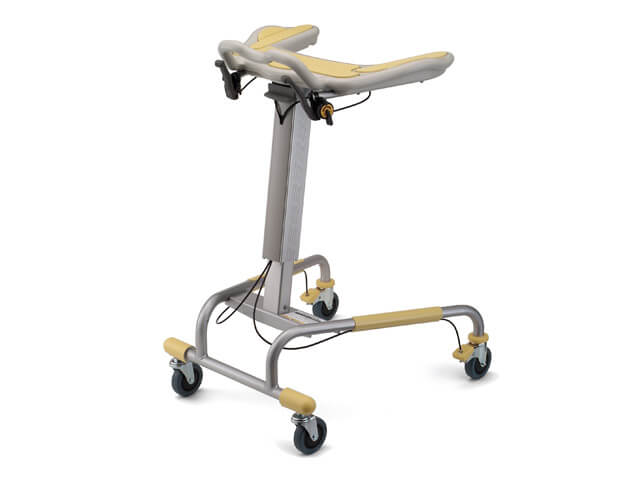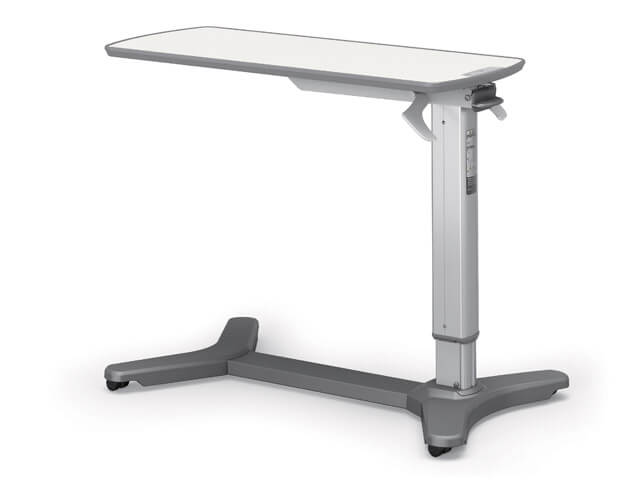Fall Prevention
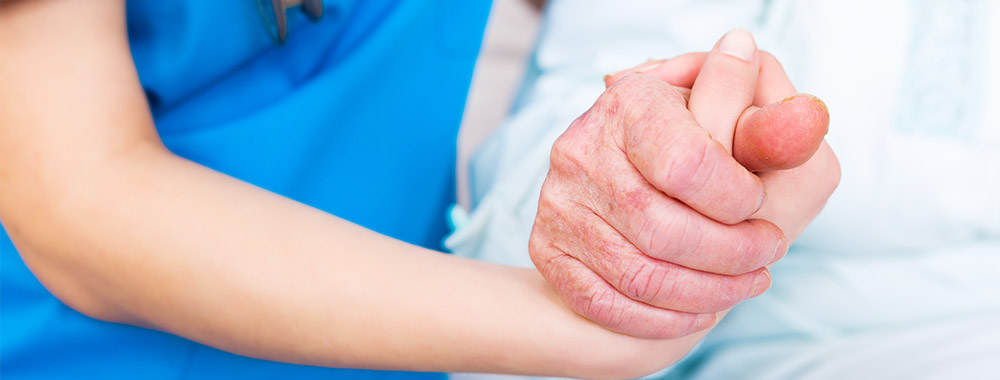
Healthcare Challenge
Falls and fall-related injuries are both common and costly for hospitals and non-acute care facilities alike.
An estimated 700,000 to 1 million hospitalized patients fall each year while about half of all nursing home patients fall each year*¹. Approximately one-third of hospital falls result in injury*¹. Alternatively, falls resulting in significant injury accounted for almost 10% of the adverse events involving Medicare skilled nursing facility residents*¹. Classified by Centers for Medicare and Medicaid Services as never events, the costs incurred to treat falls and fall-related injuries, estimated from $3,500-$27,000*²˒³ and higher, are not reimbursable.
Financial Impact:
Increased Cost of Care, Decreased Reimbursement, Increased LOS
Adverse Outcomes:
Physical Injuries, Disability and Death
Decreased Quality of Life:
Residual Psychological and Emotional Effects, Loss of Independence
Despite efforts to reduce falls through performance improvement projects, the adoption of universal fall precautions and the individualization of care, significant, sustainable reduction of falls and fall-related injuries has proven difficult. A multitude of solutions and strategies are needed to combat this complex healthcare challenge.
Our Response
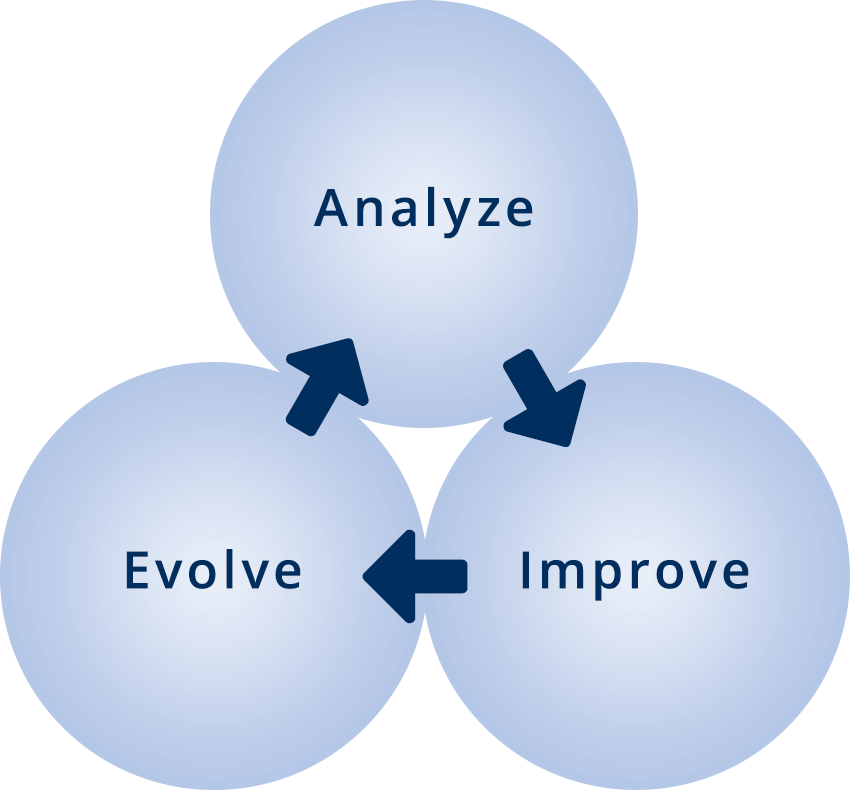
PARAMOUNT BED analyzes trends, improves products, and evolves as needed to help provide solutions to healthcare challenges.
Fall Reduction Strategic Initiative: Turn Unassisted Situations into Assisted Situations to Make the Patient Experience Safer.
 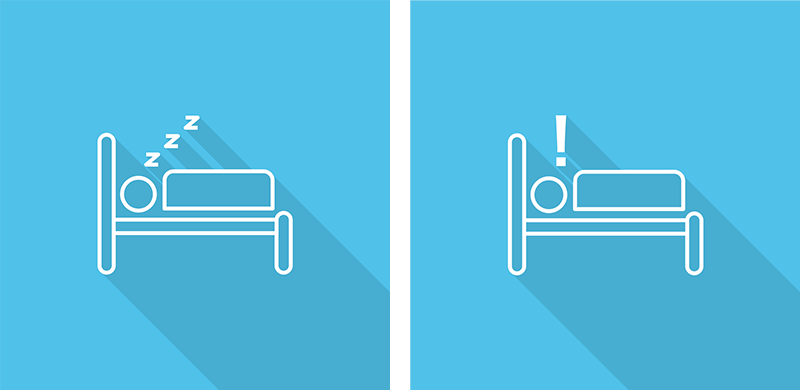 At Risk Patient Attempts Independent Mobility BED EXIT ALARMEarly Notification of Patient Movement Mobility SupportStable Balance; Steady Sit to Stand and Ambulation |
Scroll left to right.
PARAMOUNT BED Products and Features

PARAMOUNT BED’s 4 mode BED EXIT ALARM (BEA) can be set to Sit-up, Edge of Bed, Left Bed, and Monitoring depending on the patient’s fall risk assessment. By utilizing the BEA, caregivers can receive early notifications of position changes that may precede patient falls.
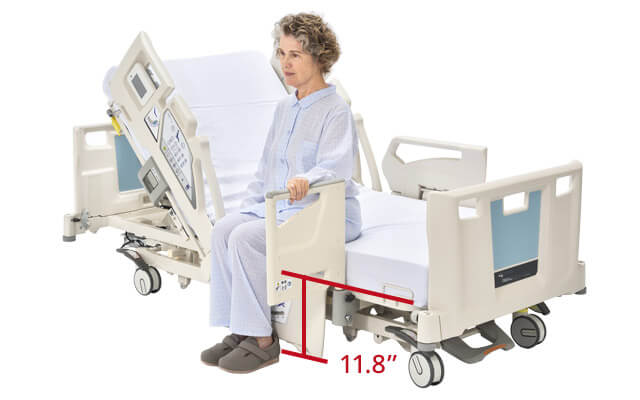
PARAMOUNT BED beds have key features that can help reduce fall risk especially for patients of petite stature and patients with underlying weakness and unsteadiness. The low bed height design helps secure foot positioning on the floor when sitting and standing. The Asist Grip, available with ALiUS bed, provides a helping hand to support patients when standing and transferring to a chair/wheelchair.
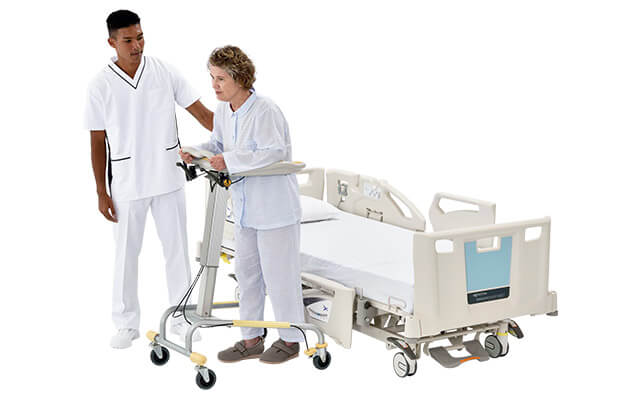
The PARAMOUNT BED walking aid is designed to enhance safety and help reduce fall risk by providing upright stability and balance support to patients too weak to balance and pick up/move a traditional walker. The brake system provides added security when stopping and standing in place.
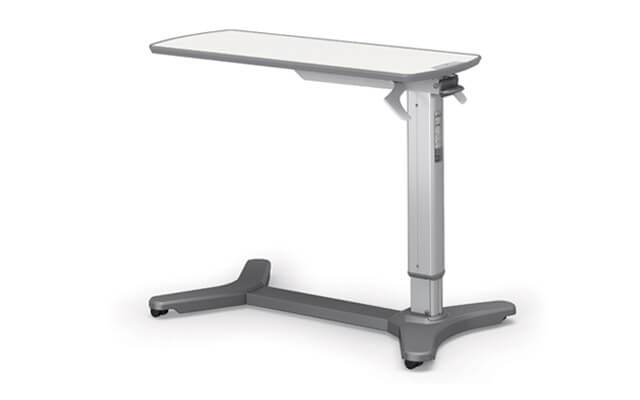
Some PARAMOUNT BED furniture options include built-in features to decrease fall risk. The overbed table with auto-brake locks in place to prevent unintentional table movement if a patient was to suddenly lean on the table for support.
References
*1 https://psnet.ahrq.gov/primer/falls
*2 https://www.centerfortransforminghealthcare.org/improvement-topics/preventing-falls/
*3 Quigley, P., White, S., (May 31, 2013) "Hospital-Based Fall Program Measurement and Improvement in High Reliability Organizations" OJIN:
The Online Journal of Issues in Nursing Vol. 18, No. 2, Manuscript 5.

